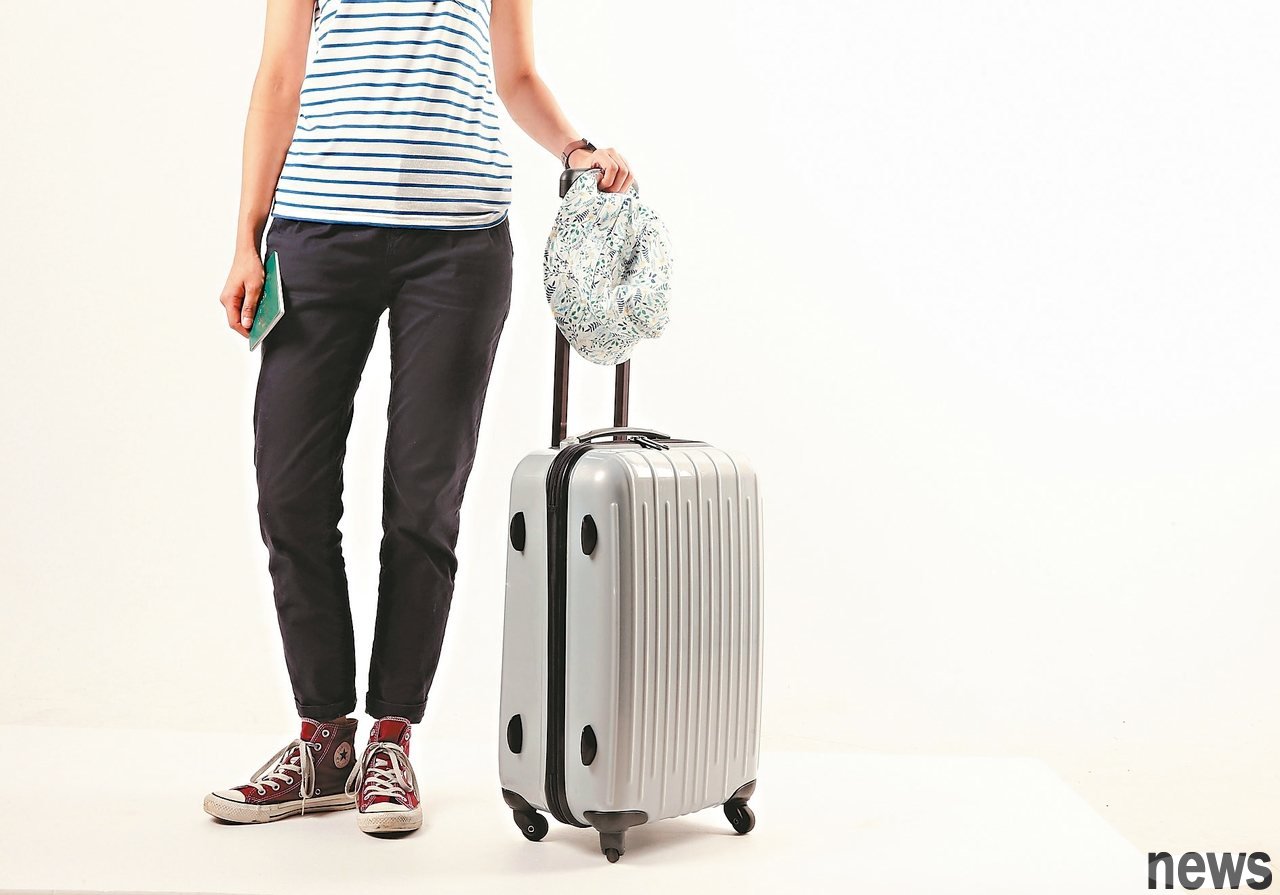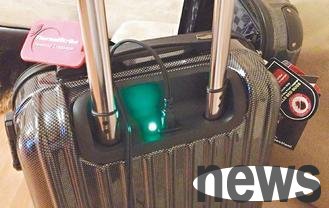After the lockdown was lifted in the past year, everyone began to travel abroad, dragging their suitcases to travel around the world. But do you know that the suitcase is actually super dirty? A regular suitcase may contain up to 80 million bacteria...

After the lockdown was lifted in the past year, everyone began to travel abroad, dragging their suitcases to travel around the world. But do you know that the suitcase is actually super dirty? A regular suitcase may contain up to 80 million bacteria. Huang, a specialist in thoracic and critical care, has compiled a variety of research data on "Your suitcase is so dirty", telling you what bacteria and cleaning methods are there in the suitcase, so that you will not cause diseases due to the bacteria and contaminants on the suitcase.
Suitcase and bacteriaYour suitcase is actually dirty! Huang Jie has compiled a variety of research data on suitcases and bacteria in the face fan group "Huang Jie Dr. Ooi Hean", and told you what bacteria are on the suitcases and where these bacteria are from.
. What are the bacteria on the suitcase? According to research, a regular suitcase may carry up to 80 million bacteria, some of which may cause disease. A large amount of bacteria may accumulate on the suitcase, among which, Atractylodes, Staphylococcus aureus and Sandella are the three most common bacteria.
. Where is the germ on the suitcase? These bacteria may come from different surfaces that the suitcase touches on the journey, such as airport trays, hotel carpets, public transport seats.
Bacteria enters the trunk pipesBacteria enters the trunk through the following methods, which may cause food poisoning, stomach inflammation and skin infection.
1. From human body: the skin, nose and mouth of the human body contain bacteria. When people touch the suitcase, bacteria may be transferred to the suitcase.2. From the environment: Bacteria exist in the environment, such as the ground, air and water. When the suitcase is placed on the floor or in the air, bacteria may be attached to the suitcase.
3. From other items: Bacteria may exist on other items such as clothes, food, and suitcases. When the suitcase is in contact with these items, bacteria may be transferred to the suitcase.

If you think bacteria are the most common contaminants you see in suitcases, you may have misunderstood and Huang has sorted out the following common contaminants in suitcases:
. Grain and dirt: 90%. Bacteria: 70%
. Food slag: 50%
. Sweat: 40%
. Cosmetics: 30%
. Drug: 20%
. Pet hair: 10%
These pollutants may be attached to the suitcase through human body, environment, and other items, causing diseases such as food poisoning, stomach inflammation and skin infection.
Different pollutants on suitcases of different materialsTutories of different materials may accumulate different pollutants. For example, hard case suitcases may accumulate more dust and dirt, while soft case suitcases may accumulate more food slag and sweat. In this regard, Huang Jia sorted out the common contaminants on soft suitcases (such as cloth suitcases) and hard suitcases (such as plastic suitcases).
. Grain and dirt: A suitcase of all materials may accumulate dust and dirt, but a hard case may accumulate more dust and dirt.. Bacteria: Soft suitcases are more likely to accumulate bacteria than hard suitcases.
. Food slag: Soft suitcases are more likely to accumulate food slag than hard suitcases, and soft suitcases may accumulate more food slag.
. Sweat: Soft suitcases are easier to accumulate sweat than hard suitcases, and soft suitcases may accumulate more sweat.
. Cosmetics: Soft suitcases are easier to aggregate cosmetics than hard suitcases.
. Drugs: Soft suitcases are easier to accumulate medicines than hard suitcases.
. Pet hair: Soft suitcases are easier to accumulate pet hair than hard suitcases.

In order to prevent pollutants from agglomerating, Huang Jia reminds that the suitcase should be cleaned regularly, especially after use. Cleaning methods can vary depending on the material of the suitcase. If the suitcase is of leather, please use a special leather cleaner. If the suitcase is of plastic, use a gentle cleaning agent and please refer to the cleaning instructions of the suitcase manufacturer.
. The method of cleaning the suitcase is as follows:
1. Wipe the surface of the suitcase with a moist cloth.2. Use cleaning agent to clean the inside of the suitcase.
3. Blow dry the suitcase with a blower.
Cleaning suitcase 5 taboos1. Use a gentle cleaner and avoid using cleaners containing bleach or ammonia.
2. Do not use grinder to avoid scratching the suitcase.
3. Do not soak your suitcase in water to avoid damaging the internal structure.
4. After cleaning, wipe the suitcase with a dry cloth to prevent traces from leaving any traces from water.
5. Place the suitcase in a dry place to prevent dampness and mold.
The suitcase is not in use for a long time, and should be cleaned regularly.The suitcase is not in use for a long time, and should also be cleaned regularly to prevent the accumulation of pollutants:
1. The suitcase may accumulate ash, dirt, bacteria and other pollutants. These pollutants can swell the suitcase and can cause illness.2. If the suitcase is not used for a long time, it may change color, shape or cracks. Cleaning the suitcase can help extend its life.
3. Cleaning the suitcase makes it look refreshed and makes it more enjoyable next time you use it.
A regular suitcase may carry up to 80 million bacteria! After reading the above compilation, do you feel that your suitcase is so dirty? Therefore, don’t forget to clean your suitcase regularly after the trip, so as not to cause illness due to bacteria or pollutants on the suitcase, affecting your physical health.